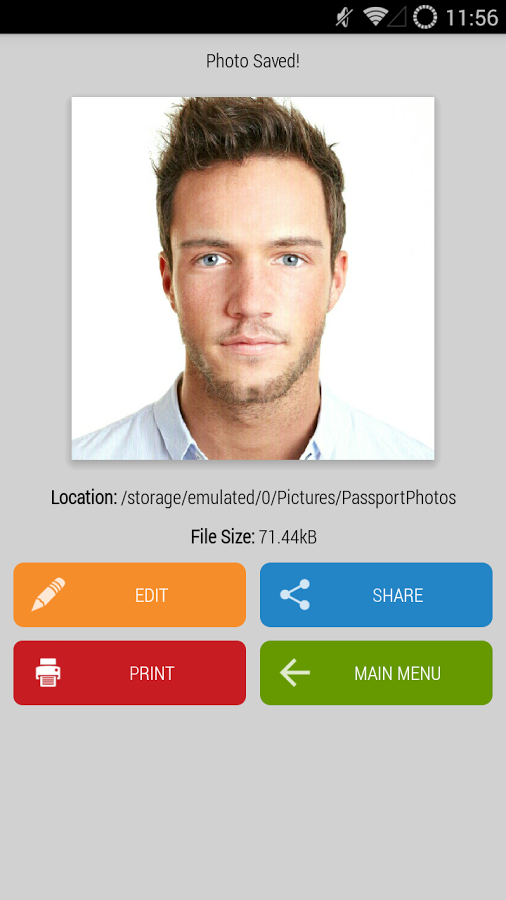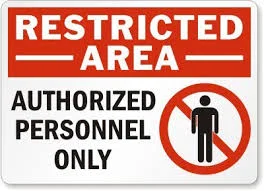Selecting the best school visitor management system is not a simple matter. Over the years I have worked with schools that have a wide variety of needs and concerns when implementing a visitor management system:
· Saving time for front office personnel
· Finding an integrated solution that allows electronic student check in/out
· Kiosk models so the visitor does all the work
If you are looking for a visitor management system (VMS) to simply improve the efficiency of the front office, then you really don’t need to read any further because I am going to focus on the core components of a VMS from a risk-management perspective. I have spent the past 25 years in risk management. I started as a Violent Crime Detective with a large metropolitan police department. I also served as a Violence Prevention Consultant for organizations such as the U.S. Department of Homeland Security, the U.S. Department of Defense, and the U.S. Department of Justice. For the past 13 years, I’ve worked as the Founder and CEO of Safe Hiring Solutions and SafeVisitor. I have witnessed violence up close and personal and it has shaped my perspective and priorities for keeping people and organizations safe.
Now this does not mean that a visitor management system cannot have integrations with student information systems or other applications for that much needed efficiency. We do that with our SafeVisitor system. However, SHS never loses its focus of the foundation of what we are doing i.e. keeping you and your students safe.
I have a unique perspective as a former detective, and I strongly feel that what I offer that is most valuable to school administrators, is my depth of understanding concerning violent criminals and their methods. I know they can be expected to attempt to enter schools by any means possible e.g. applying for jobs, serving as volunteers, or becoming trusted frequent vendors.
At Safe Hiring Solutions, we have conducted more than 700,000 background checks for schools over the past 13 years.
Just recently, we flagged an existing school employee who was applying with a new school district. He had a case of sexual exploitation as well as a substantiated case with the Department of Child Services for child neglect. This man has been teaching for several years.
On a monthly basis, we flag sex offenders that are trying to access schools. Offenders who harm children are constantly seeking access to children. Schools are defenseless against these predators without comprehensive risk management solutions.
So when SHS talks about visitor management systems, we are always focused on keeping people who would harm children out of our schools and away from our children. Surprisingly, the majority of organizations I enter each week, schools and non-schools alike, do not have a single tool for managing their flow of visitors beyond a self-disclosing clip board.
The first step in protecting your school, students, and employees is to create a safe perimeter. Paul Dvorak, SafeVisitor Advisory Board Member and Secret Service Special Agent in Charge of Indianapolis Office, has helped us better understand how critical a safe perimeter is when protecting dignitaries such as the President of the United States.
A school needs to create a safe perimeter between entering the building and visitors. A clip board on the front office desk is not a safe perimeter. The safe perimeter has already been breached just by being at the front desk
A self-service kiosk in the lobby is no better than a clipboard. It does provide a false sense of security that comes with using technology, but there are still a couple of problems:
1. They are already in your lobby, and
2. How do you know they are who they register as?
How does SafeVisitor approach perimeter security?
- Reduce Unexpected/Unknown Visitors. We work closely with schools to classify their visitors. Who are they? Most visitors fall into a category of parent volunteers, partner volunteers, vendors/ contractors, student teachers, and business associates of administrators. When you work through this list, it becomes apparent that the vast majority of visitors to a school are neither unclassified nor unexpected.
- Comprehensive Background Checks. Frequent visitors such as volunteers, vendors, student teachers, and substitutes should submit to a comprehensive background check before receiving clearance to enter the school. The background check can also be set on a renewal interval of every 2, 3, or 4 years.
- Business Meetings. Most business meetings are scheduled in advance. The VMS should accommodate pre-registration for business meetings or low-risk visitors that are not having direct or ongoing contact with students. Pre-registration allows the visitor to be pre-vetted against an “excluded parties list” and the National Sex Offender Database.
- GeoFence. SafeVisitor can create a perimeter around each school building, so that all approved visitors can download a mobile app and activate their ID. As they cross the geofence, it sends their information to the front office computers for review and verification before buzzing them into the building.
- Excluded Parties. Each school can create a list of excluded parties based on their own policies. Anybody on the list attempting to enter the building or grounds will trigger and alert law enforcement, administers, or designated security.
- National Sex Offender Search. Schools have the option of running a National Sex Offender Search every time a visitor enters one of their buildings. Even previously approved visitors who have passed a comprehensive background check can have things happen between visits. This process will flag them.
- Kiosk with Scanner. Self-service kiosks do little to improve security. Used appropriately, a kiosk is best deployed in a vestibule between the doors and requires the visitor to scan in with their SafeVisitor ID or government issued ID.
If you would like a deeper discussion and demonstration on how to use a visitor management system, join us for one of our SafeVisitor weekly demos or setup a personal demo.


















